Taylor Park
Taylor Park, located in the central Colorado Rockies, has been selected as a study site in the Adaptive Silviculture for Climate Change (ASCC) Network. The goals of this project are to test different silvicultural approaches to climate change adaptation that will also serve as useful examples across the U.S. and Canada.
The Taylor Park ASCC project site is located in the north-central portion of the Taylor Basin, west of the upper Taylor River and south of Trail Creek on the Gunnison Ranger District of the Grand Mesa, Uncompahgre, and Gunnison (GMUG) National Forests. This high elevation basin sits between the Sawatch and Elk Mountains and is primarily underlain by Precambrian granite and some metamorphic volcanic rocks with glacial drift and alluvium in the valley bottoms.
This area is composed of a mosaic of mature forests, regenerating clearcuts, and regeneration from a 1980’s wildfire in the uplands. Meadows and fens occupy lower landscape settings. Forests are composed of lodgepole pine (Pinus contorta) with a very minor component of Engelmann spruce (Picea engelmanii) and subalpine fir (Abies lasiocarpa). The current climate of the Taylor Park region is characterized by cold, snow-dominated winters with a dry, continental snowpack and cool summers with precipitation stemming from afternoon convection that can be enhanced by the North American Monsoon.
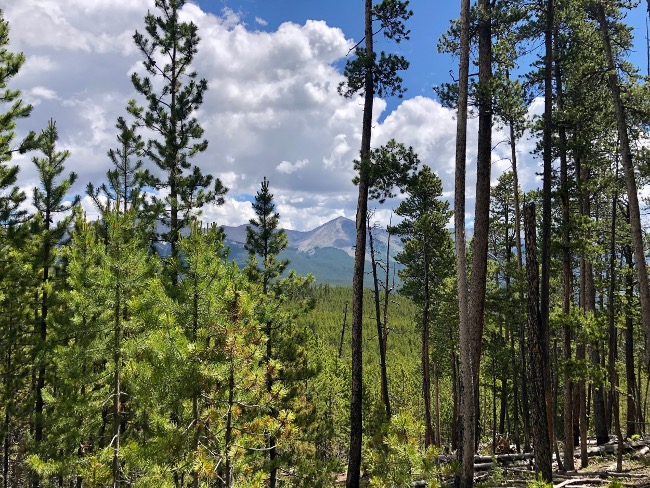
Key Projected
Climate Change Impacts
Key projected climate change impacts that the project team considered for the Taylor Park ASCC site include:
- Increased average annual temperatures, hottest day of the year, and average summer (JIA) highs
- Increased average annual precipitation days and average summer vapor-pressure deficit (VPD)
- Decreased coldest minimum temperatures and snow water equivalent
- Last spring freeze will occur earlier, and the first fall freeze will occur later in the year
- Increased growing season length and growing degree days
- Increased extreme fire danger days
- Increased risk of insect pest and forest pathogens
- Elevated drought risk
Climate change will present challenges and opportunities for accomplishing the management objectives of the Taylor Park ASCC site, including:
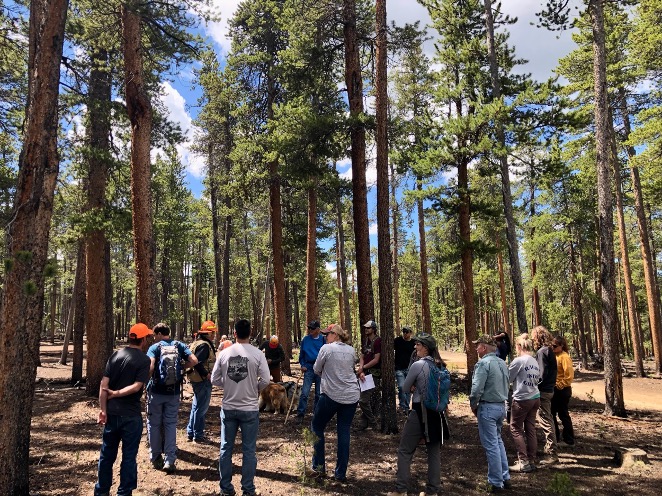
Challenges
- Changes in precipitation patterns, decreased snow retention, and increased drought could increase tree stress and lead to increases in losses from forest insects, diseases, and wildfire
- Warmer winter temperatures will allow for increased survival and population growth of pest and pathogens such as spruce bark beetle, spruce budworm, mountain pine beetle, white pine blister rust, and lodgepole dwarf mistletoe
- Greater potential for wildfires during summer and early fall months due to drought and rising temperature
- Conditions can dry fuels, increase fire danger, and reduce the historical fire return interval
- Possible shift in site-specific suitable habitat for tree species across the Taylor Park area
- Changes in seasonality and shorter, milder winters could lead to challenges with the timing of vegetation management and when loggers can harvest
Opportunities
- The Taylor Park area will experience hotter and drier summers and shorter and milder winters which will lead to longer growing seasons
- Increased habitat range/suitability for tree species better adapted to future conditions: Ponderosa pine is more drought and heat tolerant; limber pine is more drought tolerant; lodgepole pine, subalpine fir, and aspen are more cold tolerant; ponderosa pine, and Douglas fir are more fire resistant.
- Fires allow lodgepole pine to regenerate, when fires are less severe and frequent, lodgepole is successional, and replaced by shade-tolerant species (Douglas fir, subalpine fir, and Engelmann spruce)
- Fire may dampen impacts of insects
- Shifting away from a lodgepole pine dominated forest will increase habitat diversity for snowshoe hare and lynx
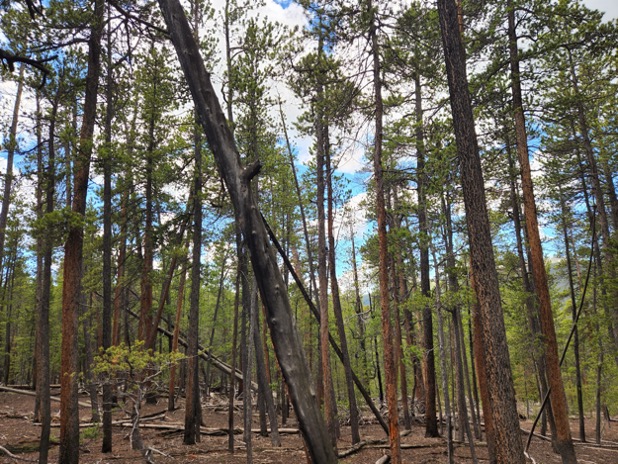
Management Goals & Treatments
The landscapes of Taylor Park provide a suite of important ecological values and ecosystem services, including biological diversity, wildlife, timber production, livestock grazing, recreation, carbon storage, and hydrological functions. A growing body of evidence highlights increasing forest vulnerability to changing climate and disturbance regimes. Accordingly, this area is subject to active, landscape-scale management intended to support forest resilience. Overarching management goals for the project include:
- Increase the forest’s ability to respond to multiple and interactive forest stressors including climate change, drought, insect attack, and/or disease
- Treat stands to improve forest health using commercial harvest, non-commercial, and prescribed fire treatments, as appropriate, to the site-specific situation
- Reduce fuels in the wildland-urban interface to allow for the facilitation of natural fire processes on the landscape
- Provide wood products for the local economy, which relies on wood fiber harvested sustainably from public lands
A team of natural resource specialists from Taylor Park, regional managers, and scientists came together for a three-day workshop in July 2022 to develop the study design for the ASCC project site. The team developed a set of Desired Future Condition statements, Objectives, and Tactics for each major climate adaptation trajectory. These three trajectories are briefly summarized below:
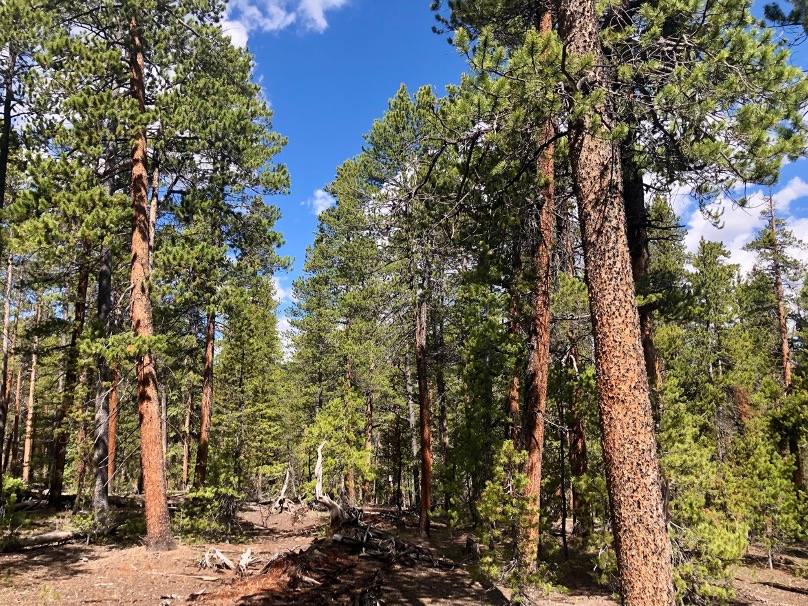
Resistance
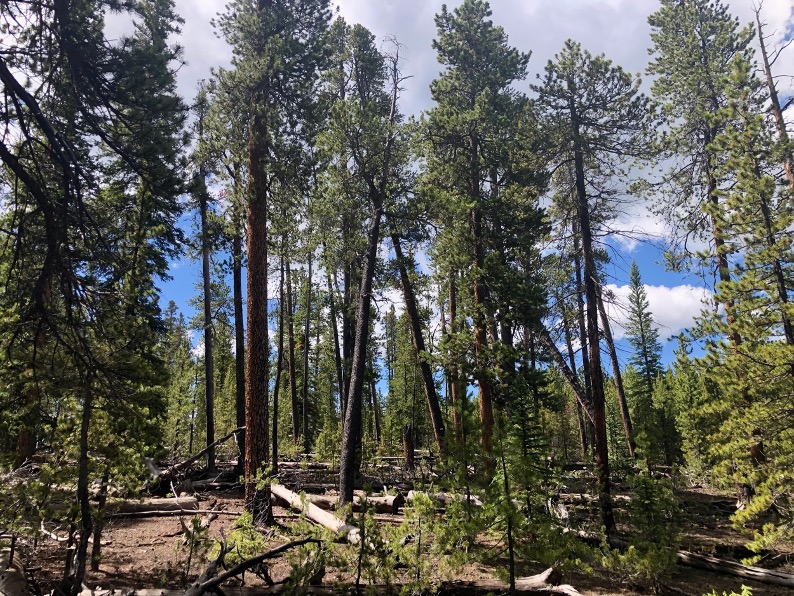
Resilience
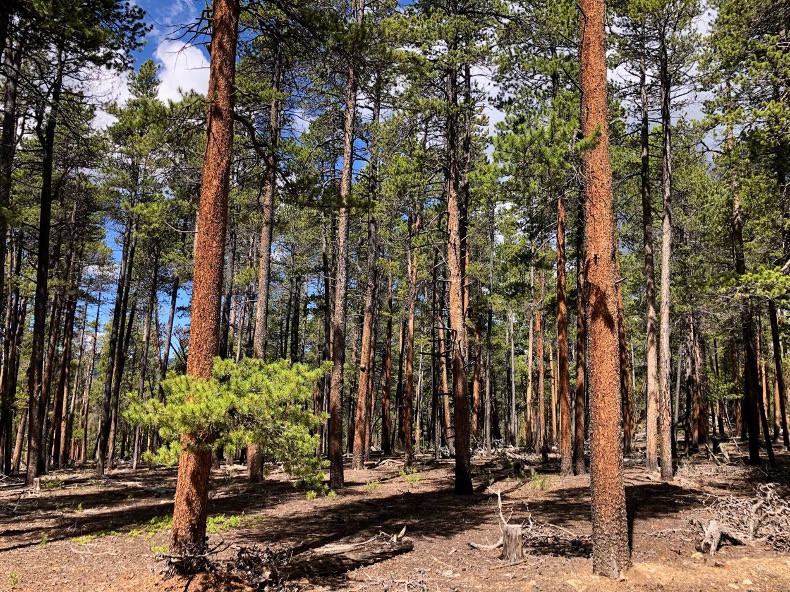
Transition
Monitoring
Monitoring and data collection are essential component of the ASCC study. ASCC incorporates a rigorous experimental design that facilitates high quality scientific assessment of treatment effects, and contrasts between different treatments. Research partners from several institutions are working together to investigate the effectiveness of different silvicultural treatments aimed at promoting ecosystem adaptations. Some of the monitoring items include:
- Effects of forest thinning on tree growth and survival, particularly under future droughts and warming
- Contrasting the growth and survival of seedlings of a range of different tree species as a function of shading, microclimate, and climate variation
- Treatment effects on snow hydrology including canopy interception, snowpack accumulation and retention, soil moisture, and tree sap flux
- Responses of wildlife, insects, and understory vegetation to treatments
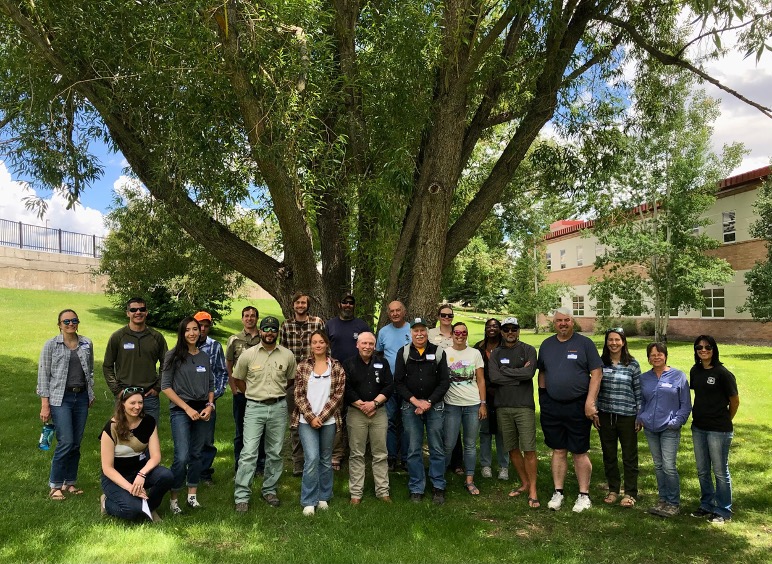
Progress & Next Steps
Formal prescriptions will be developed during the fall of 2022, with any additional NEPA to follow during the winter of 2022-2023. Heritage survey and other needed FS work will take place during summer 2023. Cone picking for seed will be conducted in fall of 2022, 2023, and perhaps beyond. Additional data collection and monitoring plans will be developed during spring 2023. Pre-treatment sampling completed by the end of summer 2023. The sale will be offered in the fall of 2023, roadwork conducted summer 2024, winter logging in December 2024 and January 2025; contract clean-up and release by spring 2025. Seedlings ordered by the fall of 2025. Site preparation will take place in 2026; planting is planned for summer 2026; possibly 2027. Post-treatment sampling is planned for summer of 2025.
Site Leads & Partners
Jonathan Coop (Western Colorado University) is the site lead for the Taylor Park ASCC site. Mike Battaglia (USDA Forest Service Rocky Mountain Research Station), Carlyn Perovich (USFS Grand Mesa Uncompahgre & Gunnison National Forest), Art Haines (USFS Grand Mesa Uncompahgre & Gunnison National Forest), and Lauren Rupiper (USFS Grand Mesa Uncompahgre & Gunnison National Forest) are the site co-leads. Key collaborators include USDA California Climate Hub (Lauren Parker), Paula Fornwalt, Chuck Rhoades, and Zach Steel (USDA Forest Service Rocky Mountain Research Station), and the Taylor Park Adaptive Management Group (AMG).

Jonathan Coop
Taylor Park ASCC Site Lead
Professor of Environment and Sustainability
Western Colorado University
Gunnison, CO 81231
Phone: 970-943-2565
Jcoop@western.edu

Mike Battaglia
Taylor Park ASCC Site Co-Lead
Research Forester
USDA Forest Service, Rocky Mountain Research Station
Forest and Woodland Ecosystems Science Program
240 West Prospect Road
Fort Collins, CO 80526
Phone: 970-498-1286
Michael.battaglia@usda.gov
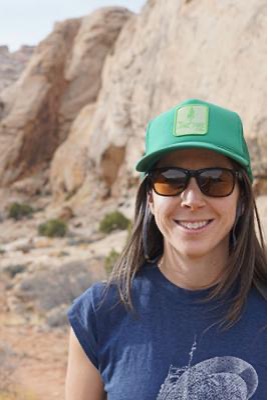
Carlyn Perovich
Taylor Park ASCC Site Co-Lead
Ecologist
USDA Forest Service, Grand Mesa, Uncompahgre and Gunnison National Forests
2250 S Main St, Delta, CO 81416
Phone: 720-656-8655
carlyn.perovich@usda.gov
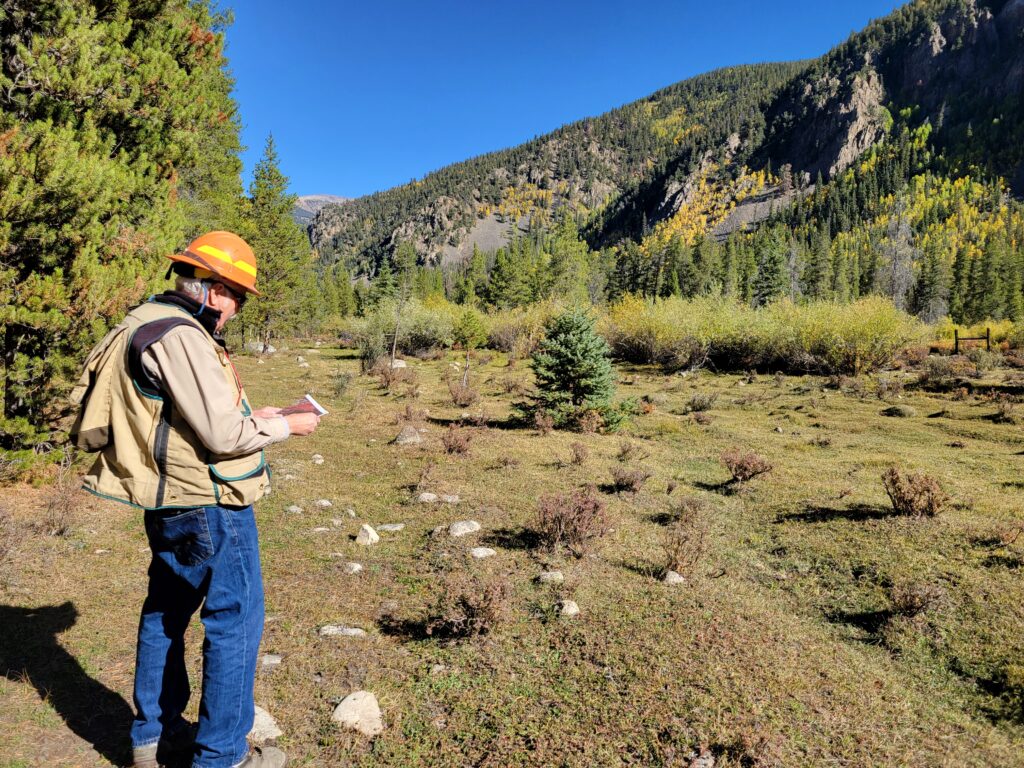
Art Haines
Taylor Park ASCC Site Co-Lead
Silviculturist
USDA Forest Service, Grand Mesa, Uncompahgre and Gunnison National Forests
Gunnison Ranger District
216 No. Colorado St
Gunnison, CO 81230
p: 970-642-4423
Arthur.haines@usda.gov
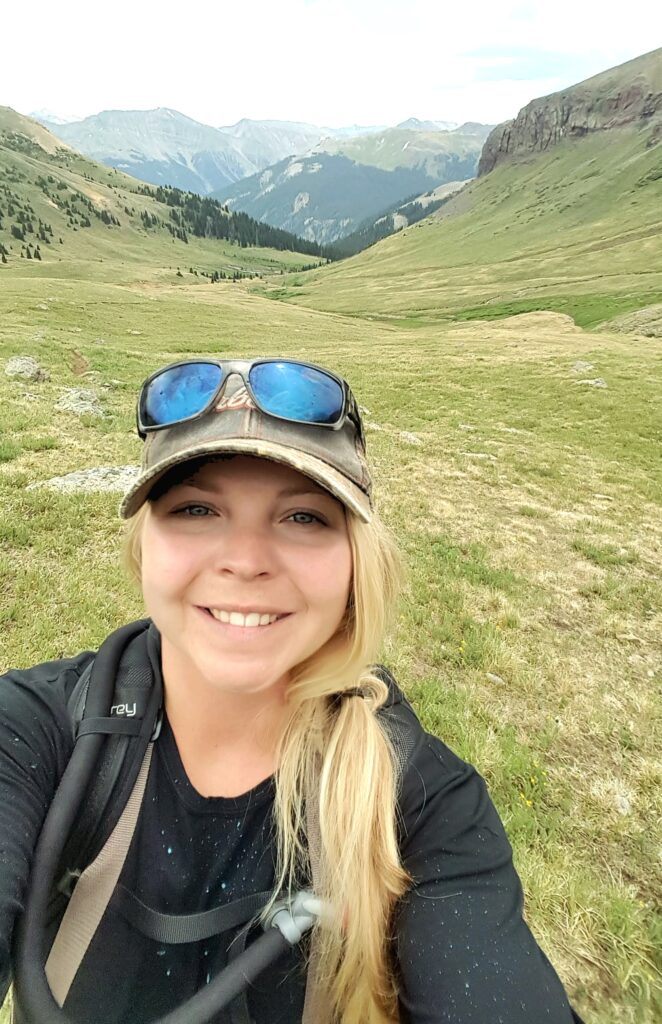
Lauren Rupiper
Taylor Park ASCC Site Co-Lead
Timber Management Assistant
USDA Forest Service, Grand Mesa, Uncompahgre and Gunnison National Forests
Gunnison Ranger District
216 No. Colorado St
Gunnison, CO 81230
c: 970-765-4106
lauren.rupiper@usda.gov
